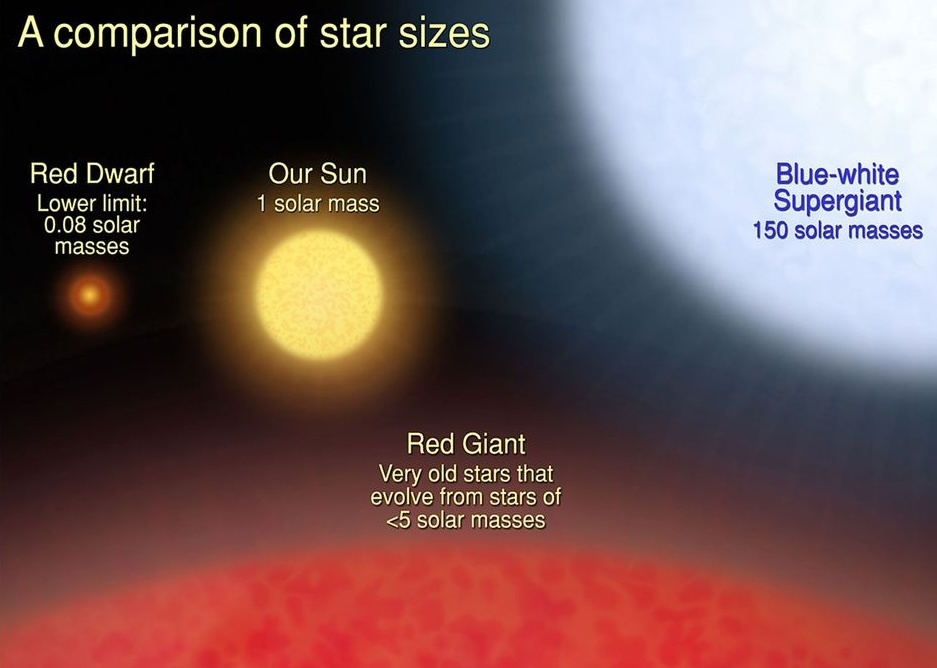12.08.2024

A star has been spotted which suggests a stage of star growth exists which astronomers weren’t aware of.
Stars’ fuel is the elements in their cores. Lighter elements – like hydrogen, helium and lithium – undergo nuclear fusion to create heavier elements like carbon and oxygen. This process releases huge amounts of energy in the form of radiation.
A star’s fuel is used up when it has no more light elements to fuse, and it dies.
The new star, however, given the roll-off-the-tongue name J0524-0336, has higher lithium than other stars of a similar age. In fact, it has more lithium than any star of any age.
Analysis of the star is published in the Astrophysical Journal. A pre-print of the article can be found on the arXiv server.
J0524-0336 is a red giant star about 40 times the size of our Sun. It is star toward the end of its life and it sits within the halo of the Milky Way galaxy.
Its chemical make up was analysed using spectroscopy. Light from a star is filtered through a telescope which shows the wavelengths of light like a rainbow. Dark lines on the spectrograph correspond to wavelengths of light absorbed by specific elements. Astronomers can also tell how much of a particular element are in the star.
“We found that J0524-0336 contains 100,000 times more lithium than the Sun does at its current age,” says research leader Rana Ezzeddine, professor of astronomy at the University of Florida, US. “This amount challenges the prevailing models of how stars evolve and may suggest a previously unknown mechanism for lithium production or retention in stars.”
Ezzeddine’s team suggest the high lithium content could be a new evolutionary phase in the cycle of stars.
Or, it could be that it gained lithium from an interaction with another object. J0524-0336 may have swallowed a nearby lithium-rich planet or smaller star.
The team will track J0524-0336’s evolution to see how the star’s composition changes and to see if the star is ejecting any material.
“If we find a build-up of dust in the star’s circumstellar disk, or the ring of debris and materials being ejected from the star, this would clearly indicate a mass loss event, such as a stellar interaction,” Ezzeddine explains. “If we don’t observe such a disk, we could conclude that the lithium enrichment is happening due to a process, still to be discovered, taking place inside the star instead.”
Quelle: COSMOS
